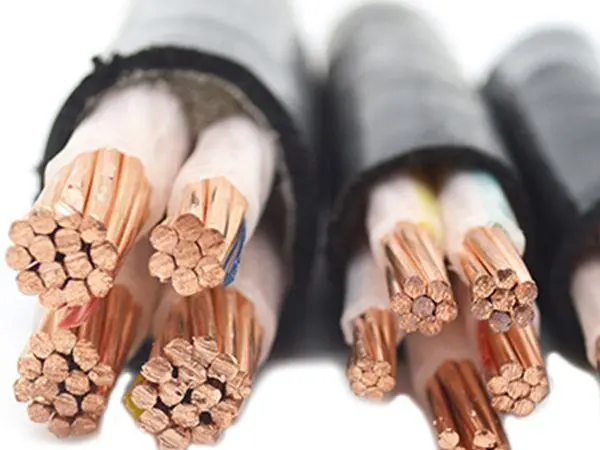What is a cable protective layer?
In order to make the cable adapt to the requirements of various use environments, the protective covering layer applied outside the cable insulation layer is called cable protective layer (sheath). The cable protective layer is one of the three major components of the cable, and its main function is to protect the cable insulation layer from mechanical damage and various environmental factors, such as water, sunlight, biology, fire and so on, during laying and operation. So as to keep the long-term stable electrical performance of the cable. Therefore, the quality of cable protective layer is directly related to the service life of cable.

What are the three categories of cable protective layers?
Cable protective layer can be mainly divided into three categories: metal protective layer (including outer protective layer), rubber protective layer and combined protective layer. Moreover, there are many materials used in the cable protective layer, which are mainly divided into two categories. One is metal materials, such as lead, aluminum, steel, copper and so on, which are mainly used to manufacture sealing sheaths, armoring, fire prevention or shielding. The other is non-metallic materials, such as rubber, plastics, coatings, silica gel and various fiber products, whose main functions are waterproof, flame retardant, fire resistant and corrosion resistant.